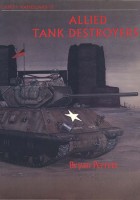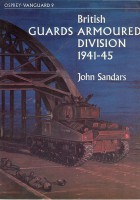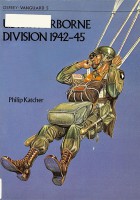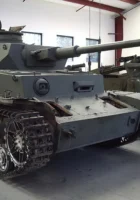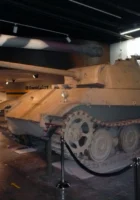
Panther – Sdkfz.171 | |
|---|---|
| Pays | Germany |
| Type | Car |
Sujet | Album de 51 pictures of the tank Panther II |
Photo gallery of a Panther II tank, The SdKfz 171 PANZER V PANTHER is a medium tank used by the German army during World War II, from 1943 at the Battle of Kursk, until May 8, 1945. Designed to counter the Soviet T-34 tank, which he was inspired by for these tilted armour, and replace the Panzerkampfwagen III and Panzerkampfwagen IV, his Rheinmetall 7.5-cm KwK 42 L/70 gun fired piercing projectiles at a speed of 940 m/s, and 1,120 m/s with the tungsten-tipped Panzergranate 40/42, capable of punching 106 mm of armour at 2000 metres, performance superior to TIGER I's 8.8-cm KwK 36 L/56 gun.
Source: wikipedia
Views : 4675

